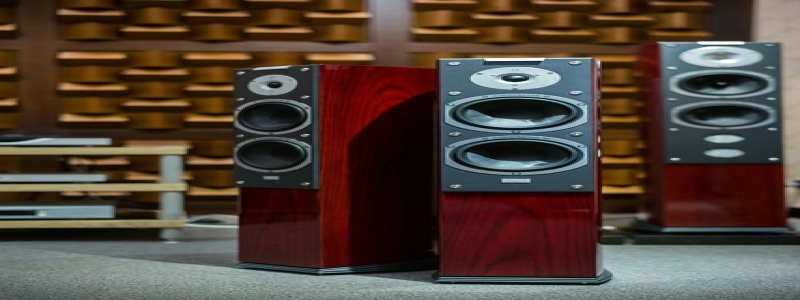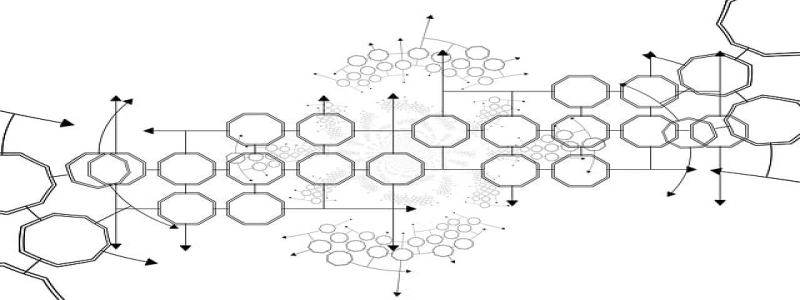OM4 Multimode Fiber
Introduction:
Multimode fiber is an essential component in today’s high-speed data transmission systems. It allows for the delivery of large amounts of information over short distances. One widely used type of multimode fiber is the OM4 multimode fiber. In this article, we will explore the features, benefits, and applications of OM4 multimode fiber.
I. What is OM4 Multimode Fiber?
OM4 multimode fiber is a type of optical fiber that has been designed to support higher data rates and longer distances compared to previous generations of multimode fibers. It is commonly used in data centers, local area networks (LANs), and other high-bandwidth applications. OM4 stands for \”optimized multimode fiber,\” indicating its improved performance characteristics.
II. Features of OM4 Multimode Fiber:
OM4 multimode fiber offers several features that make it suitable for high-speed data transmission:
a) Increased Bandwidth: OM4 fiber has a higher bandwidth compared to older multimode fibers. This means it can support higher data rates and allow for more information to be transmitted simultaneously.
b) Longer Reach: With OM4 fiber, data can be transmitted over longer distances without significant loss or degradation. This makes it ideal for connecting various devices or buildings within a complex network infrastructure.
c) Backward Compatibility: OM4 fiber is fully backward compatible with older generations of multimode fiber. This means it can be easily integrated into existing systems without the need for major upgrades or replacements.
III. Benefits of Using OM4 Multimode Fiber:
There are several benefits associated with the use of OM4 multimode fiber:
a) Cost-effectiveness: Compared to single-mode fiber, multimode fiber, including OM4, is generally more cost-effective. It provides a reliable and efficient solution for short-range data transmission requirements without the need for expensive optics or complex equipment.
b) Flexibility: OM4 multimode fiber allows for the integration of multiple data sources and destinations within a network. It provides flexibility in connecting various devices, enabling an efficient and scalable network infrastructure.
c) Future-proofing: With its higher bandwidth and longer reach, OM4 fiber can accommodate future upgrades and expansions. Organizations can leverage its capabilities to meet the growing demand for higher data rates and increased network capacity.
IV. Applications of OM4 Multimode Fiber:
OM4 multimode fiber finds its applications in various industries and settings:
a) Data Centers: OM4 fiber is widely used in data centers for server-to-switch and switch-to-switch connectivity. It allows for high-speed data transmission between servers, storage systems, and networking equipment.
b) LANs: Local area networks often utilize OM4 fiber for connecting different devices and providing high-speed connectivity within office buildings or campuses.
c) Audio/Video Systems: OM4 fiber is suitable for transmitting high-bandwidth audio and video signals in environments such as theaters, stadiums, and broadcasting facilities.
Conclusion:
OM4 multimode fiber offers superior performance characteristics, increased bandwidth, longer reach, and cost-effectiveness compared to previous generations of multimode fiber. Its flexibility and backward compatibility make it a popular choice for various high-speed data transmission applications. As technology continues to evolve, OM4 fiber provides a reliable and future-proof solution for organizations seeking efficient and scalable network infrastructure.







